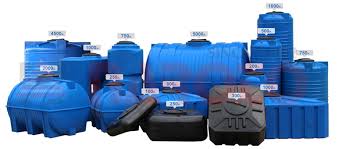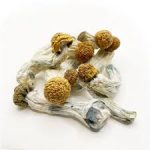Exploring Sustainability in Plastics Rotomolding: Eco-Friendly Solutions
Plastics rotomolding, also referred to as rotational molding, is a adaptable production process used to produce hollow plastic components. This procedure consists of revolving a mildew, usually made from steel, all around two perpendicular axes whilst home heating it. The plastic materials inside of the fungus melts and coats the inner work surface equally, developing the required form since it cools. Here’s all you have to understand about this progressive developing technique:
Process Guide:
Fungus Loading: The method starts with reloading a precise volume of plastic material resin in the mildew. Choosing resin depends upon the required components of your last product or service.
Heating: The mold will then be heated while it rotates. The high temperature brings about the plastic resin to burn and follow the mold’s inner work surface, generating a uniform level.
Air conditioning: As soon as the mildew is equally layered, it can be cooled off. Cooling down may appear naturally or through compelled air flow or water circulation, dependant upon the certain demands of the aspect simply being generated.
Demolding: Right after air conditioning, the mildew is discontinued, and also the solidified plastic material component is taken away. The part is going to be cut, examined, and ready for any additional completing procedures if needed.
Benefits:
Layout Mobility: Rotomolding allows for the roll-out of sophisticated designs and sophisticated designs that could be difficult or difficult with many other developing strategies.
Charge-Effectiveness: In comparison with other molding functions like shot molding, rotomolding will have decrease tooling costs, which makes it an economical choice for little to medium sized creation goes.
Sturdiness: Rotomolded components are known for their sturdiness and strength, making them suitable for a variety of programs, including automotive, aerospace, and leisure time goods.
Uniform Wall structure Thickness: The rotational method makes certain uniform wall surface fullness through the entire aspect, which happens to be essential for maintaining structural integrity and persistence in overall performance.
Versatility: Rotomolding can accommodate a variety of materials, such as polyethylene, PVC, and nylon material, allowing companies to find the the most appropriate fabric for their specific program.
Programs:
Tanks and Storage units: Rotomolding is often used to produce tanks, storage containers, and storage bins for business, agricultural, and household purposes because of its power to generate sizeable, smooth structures.
Playthings and Play ground Products: The process is well-liked for making durable, weather-resistant games, play ground gear, and patio furniture.
Auto Factors: Rotomolding is employed in producing vehicle factors for example air flow channels, gasoline tanks, and inside toned due to the light in weight and price-effective character.
Health care Products: Certain health-related units and gear, for example wheelchairs and healthcare facility furnishings, could be produced utilizing rotomolding, thanks to the process’s capability to produce sleek, clear surface areas.
To conclude, Plastics Rotomolding is actually a highly flexible production procedure that delivers numerous advantages in terms of design flexibility, expense-effectiveness, and sturdiness. With its great deal of programs across different sectors, rotomolding has become a well known choice for producing high-top quality plastic-type material pieces.


